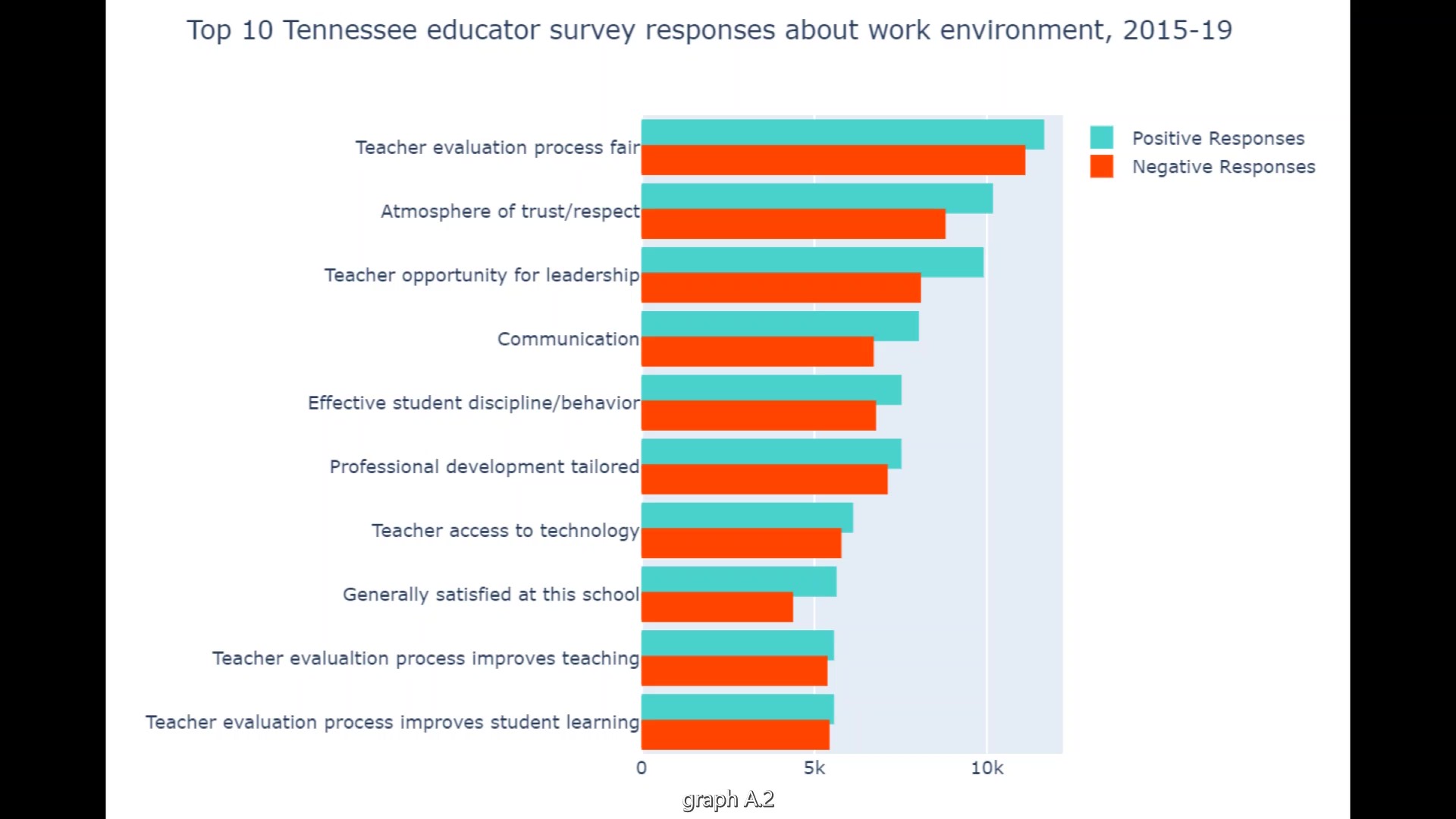Why are teachers leaving the classroom?
While sitting in an International Finance class, a student hears the professor state, “When you have an issue you believe may be systemic, analyze it on a local level before you take a look at the national or global level.” Essentially the professor provides students with a valuable lesson in sampling population statistics to gain information about a whole population.
School districts across the nation report a shortage of teachers at every level, especially in maths and sciences. The question is, why?
Let us find out what educators in one state are saying about their working environment. This may help us understand why highly qualified teachers nationwide are deciding to switch schools frequently or leave the classroom altogether.
At the end of each school year, the State of Tennessee asks every licensed Tennessee educator to complete a survey relating to their working environment. The questions ask about interactions with students, peers, and leadership, as well as policy, professional development, evaluation, and curriculum and materials.
The graphs shown below tell an interesting story.
Because graph A.1 paints such a rosy picture of Tennessee educators’ feelings about their work environments, there is no actionable feedback for decision-makers or advocates. We certainly cannot answer our question, “Why are teachers changing schools frequently or leaving the classroom altogether?” with only this information. Adding what teachers are saying they are most concerned about in Tennessee schools changes the picture considerably (shown in graph A.2)

Over the same five year time period (2015-2019), graph A.2 shows how differently teachers all over Tennesse experience these ten aspects of their daily work environment. Cleary, teachers report every year in their surveys that half of Tennessee classrooms are positive working environments and half are not. Teachers are detailing the specific concerns within their schools. This could mean that an entire school has a consistent positive or negative working environment, or it could be that the environment within a school changes from classroom to classroom (teacher-specific).

Ultimately, teachers do not control their environment. They have influence in their classrooms and the relationships they build with student families and co-workers. However, school policies are dictated by the state, the local educating authority, and school-level administrators. Just at the school level, a teacher can have three to ten supervisors creating micro-policies that change from year to year and affect their daily working environment.
If Tennessee wants to keep highly qualified teachers in the same classroom year after year, attention should focus on the top ten indicators teacher say are most important.
To determine how to change how a teacher feels about these key indicators, the question “Is how a teacher feels about their working environment individual or school-specific?” must first be answered. That leads to more questions like “For all school-specific environments, what are existing environmental factors they have in common (e.g., urban/ suburban/ rural, neighborhood income level, school district, school-level funding per student, etc.)?”
Analyzing the microsystems involved in the response data from the annual Tennessee educator survey is essential before we can answer the question, “Why are teachers changing schools frequently or leaving the classroom altogether?” to a national model. We will also need to take a look at educator survey data from states in different regions of the country.
Follow for continued updates.
…and keep Digging into the data!!
RJProctor, Data Scientist, MEd